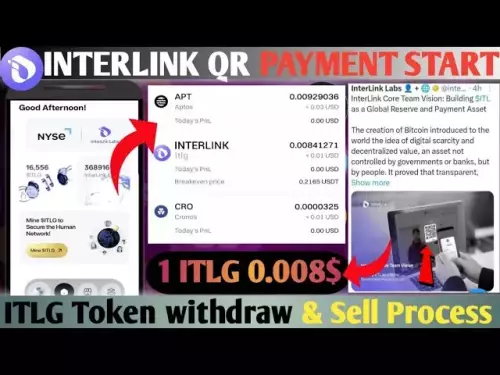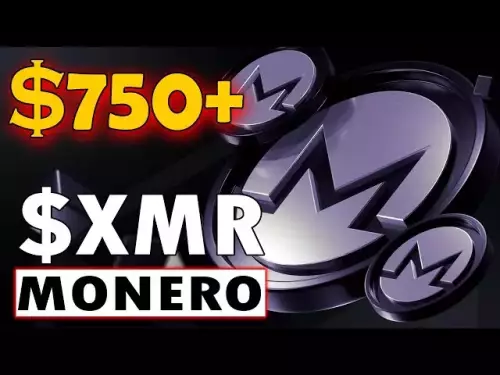-
 bitcoin
bitcoin $107208.295278 USD
-1.54% -
 ethereum
ethereum $3874.629914 USD
-1.38% -
 tether
tether $1.000440 USD
0.03% -
 bnb
bnb $1089.465513 USD
-5.53% -
 xrp
xrp $2.327672 USD
-1.65% -
 solana
solana $184.766505 USD
-0.73% -
 usd-coin
usd-coin $1.000076 USD
0.02% -
 tron
tron $0.310632 USD
-1.99% -
 dogecoin
dogecoin $0.187615 USD
-1.60% -
 cardano
cardano $0.633389 USD
-2.75% -
 ethena-usde
ethena-usde $0.999553 USD
0.03% -
 hyperliquid
hyperliquid $35.608231 USD
-4.13% -
 chainlink
chainlink $16.876114 USD
-3.98% -
 stellar
stellar $0.312239 USD
-0.91% -
 bitcoin-cash
bitcoin-cash $473.262969 USD
-7.09%
Crypto RSI for scalping
RSI helps crypto scalpers spot overbought/oversold levels, with adjustable settings for faster trades and enhanced accuracy when combined with other indicators.
Jul 12, 2025 at 11:00 pm
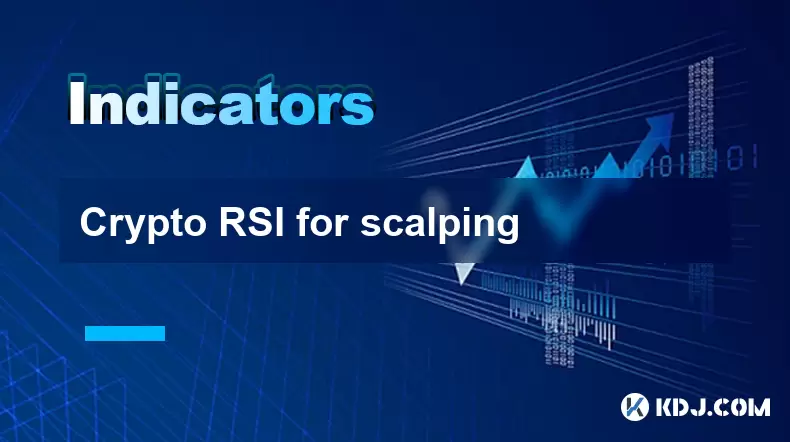
Understanding RSI in the Context of Crypto Trading
The Relative Strength Index (RSI) is a momentum oscillator widely used by traders to measure the speed and change of price movements. In the cryptocurrency market, where volatility is a common feature, RSI provides critical insights into overbought or oversold conditions. Scalpers rely on short-term price fluctuations, and integrating RSI into their strategy helps identify potential entry and exit points with precision.
The standard RSI period is set at 14, but for scalping, this value can be adjusted to suit faster timeframes like 1-minute or 5-minute charts. The index ranges from 0 to 100, with values above 70 typically indicating overbought territory and those below 30 signaling oversold conditions.
Why RSI is Effective for Scalping in Crypto Markets
Scalping requires rapid decision-making based on real-time data, and RSI offers fast-reacting signals that align well with this trading style. Because cryptocurrencies often experience sudden spikes and dips due to news events or macroeconomic factors, scalpers use RSI to spot quick reversals or continuations within tight time windows.
- RSI divergence — when the price makes new highs/lows but RSI does not — can signal an imminent reversal.
- Midline crossovers (RSI crossing above or below 50) are also watched closely for trend confirmation.
- Shorter RSI periods like 7 or even 2 can enhance sensitivity for ultra-fast trades.
Setting Up RSI for Scalping on Crypto Charts
Configuring RSI correctly is essential for effective scalping. Most trading platforms allow customization of RSI settings, including time frame, lookback period, and overbought/oversold thresholds.
- Timeframe selection: For scalping, choose 1-minute or 5-minute intervals.
- Adjusting the period: Reduce the default 14 to 7 or lower for faster signal generation.
- Threshold customization: Some traders adjust overbought to 80 and oversold to 20 for more conservative signals.
It's also useful to overlay RSI on candlestick charts and enable alerts so you can react instantly to key levels being reached.
Executing Scalping Trades Using RSI Signals
When scalping with RSI, it's crucial to have a clear set of rules for entering and exiting positions. Here’s how a typical RSI-based scalping trade might unfold:
- Entry condition: Price is trending upward, and RSI drops below 30 (oversold), suggesting a potential bounce.
- Confirmation check: Look for a bullish candlestick pattern or volume spike alongside RSI rising above 30.
- Stop-loss placement: Set just below the recent swing low to limit downside risk.
- Take-profit execution: Close position once RSI reaches overbought levels (e.g., 70) or after a predefined pip/target gain.
This process must be repeated rapidly across multiple assets or pairs to maximize profit while minimizing exposure.
Combining RSI with Other Indicators for Better Accuracy
Relying solely on RSI can lead to false signals, especially in highly volatile crypto markets. To increase reliability, scalpers often combine RSI with other technical tools:
- Moving Averages: Use the 9-period EMA as a dynamic support/resistance level.
- Volume indicators: Confirm RSI divergences with volume surges for stronger signals.
- Bollinger Bands: Watch for price touching bands along with RSI hitting extreme levels for high-probability setups.
By layering these tools, scalpers reduce noise and improve the win rate of their trades.
Frequently Asked Questions (FAQ)
Q: Can I use RSI alone for scalping crypto?While RSI is powerful, using it alone increases the risk of false signals. It's best combined with volume analysis or moving averages for better accuracy.
Q: What timeframes work best with RSI for scalping?The most popular timeframes for scalping are the 1-minute and 5-minute charts. These allow for quick entries and exits based on RSI readings.
Q: How do I adjust RSI settings for different crypto assets?More volatile assets may benefit from shorter RSI periods (like 5 or 7). Less volatile ones may perform better with the standard 14-period setting.
Q: Is RSI suitable for all types of cryptocurrency?RSI works best on major cryptocurrencies with sufficient liquidity and trading volume. Low-cap altcoins may produce erratic RSI readings due to thin order books and manipulation risks.
Disclaimer:info@kdj.com
The information provided is not trading advice. kdj.com does not assume any responsibility for any investments made based on the information provided in this article. Cryptocurrencies are highly volatile and it is highly recommended that you invest with caution after thorough research!
If you believe that the content used on this website infringes your copyright, please contact us immediately (info@kdj.com) and we will delete it promptly.
- Crypto, DeFi, and Regulation: Navigating the Wild West in Style
- 2025-10-18 23:05:14
- BlockDAG: The Breakthrough Challenging Litecoin's Legacy
- 2025-10-18 23:05:14
- BNB Price Rally: Will Binance Coin Hit $2,000?
- 2025-10-18 22:45:14
- Pi Network: Testnet Triumphs and Community Innovation Surging!
- 2025-10-18 22:45:14
- Ethereum Price: Bullish Signals Emerge Amidst BitMine ETH Accumulation
- 2025-10-18 23:10:16
- Pi Network, DEX, and Crypto Trading: A New Era of Transparent Finance
- 2025-10-18 22:50:13
Related knowledge
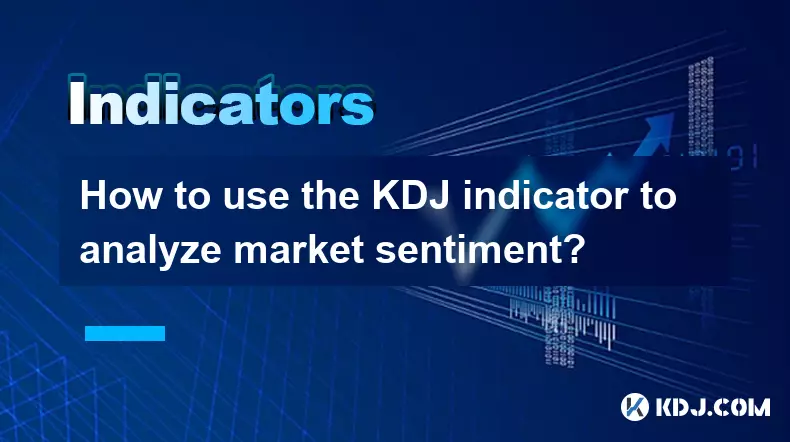
How to use the KDJ indicator to analyze market sentiment?
Oct 18,2025 at 07:18pm
Understanding the KDJ Indicator in Cryptocurrency Trading1. The KDJ indicator, also known as the Stochastic Oscillator, is a momentum-based technical ...
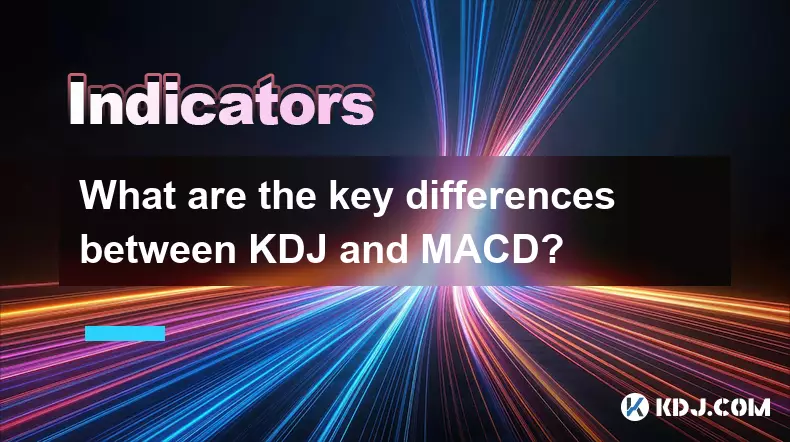
What are the key differences between KDJ and MACD?
Oct 18,2025 at 04:54am
KDJ Indicator: Core Mechanics and Usage1. The KDJ indicator is a momentum oscillator that combines the features of the Stochastic Oscillator with an a...
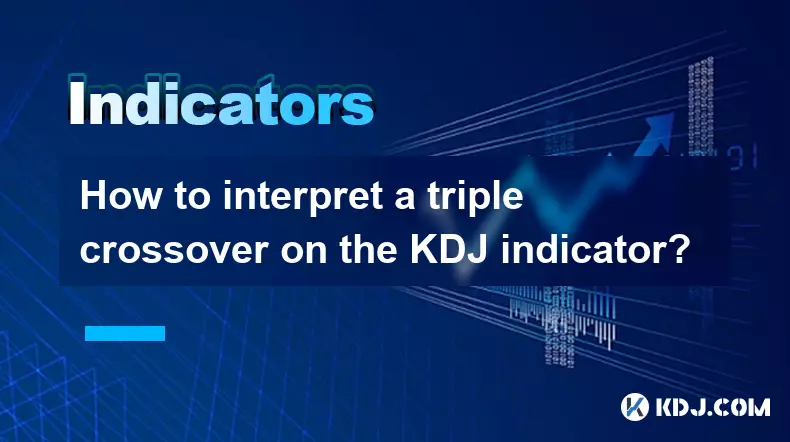
How to interpret a triple crossover on the KDJ indicator?
Oct 18,2025 at 01:54pm
Understanding the Triple Crossover in KDJ Indicator1. The KDJ indicator, a derivative of the Stochastic Oscillator, consists of three lines: K, D, and...
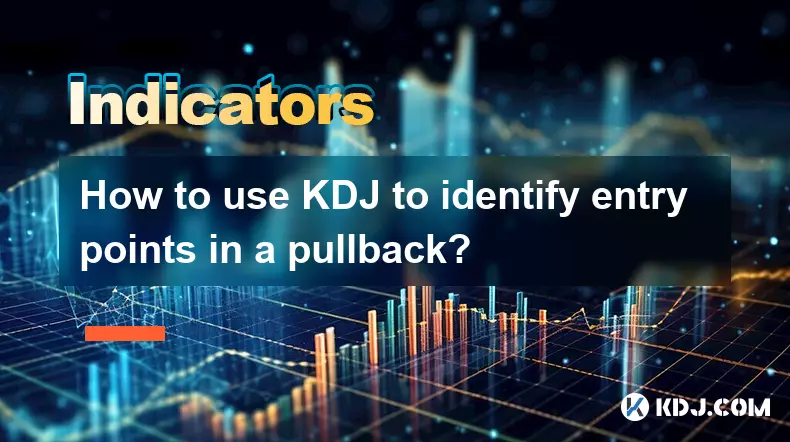
How to use KDJ to identify entry points in a pullback?
Oct 18,2025 at 09:36am
Understanding KDJ in the Context of Pullbacks1. The KDJ indicator, an extension of the stochastic oscillator, consists of three lines: %K, %D, and %J....
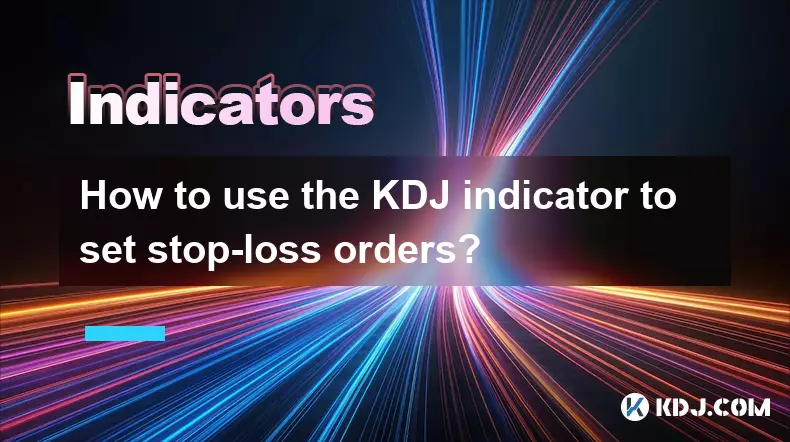
How to use the KDJ indicator to set stop-loss orders?
Oct 18,2025 at 05:18am
Understanding the KDJ Indicator in Cryptocurrency Trading1. The KDJ indicator, also known as the Stochastic Oscillator with J-line adjustment, is wide...
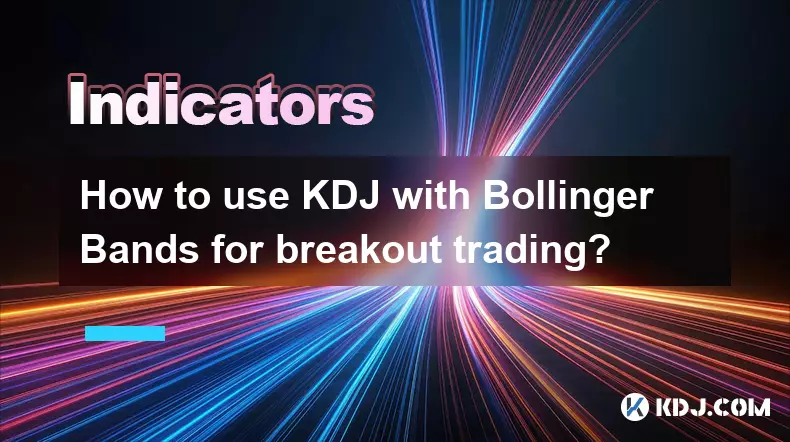
How to use KDJ with Bollinger Bands for breakout trading?
Oct 18,2025 at 09:54pm
Understanding KDJ and Bollinger Bands in Crypto Markets1. The KDJ indicator, an adaptation of the stochastic oscillator, combines %K, %D, and %J lines...

How to use the KDJ indicator to analyze market sentiment?
Oct 18,2025 at 07:18pm
Understanding the KDJ Indicator in Cryptocurrency Trading1. The KDJ indicator, also known as the Stochastic Oscillator, is a momentum-based technical ...

What are the key differences between KDJ and MACD?
Oct 18,2025 at 04:54am
KDJ Indicator: Core Mechanics and Usage1. The KDJ indicator is a momentum oscillator that combines the features of the Stochastic Oscillator with an a...

How to interpret a triple crossover on the KDJ indicator?
Oct 18,2025 at 01:54pm
Understanding the Triple Crossover in KDJ Indicator1. The KDJ indicator, a derivative of the Stochastic Oscillator, consists of three lines: K, D, and...

How to use KDJ to identify entry points in a pullback?
Oct 18,2025 at 09:36am
Understanding KDJ in the Context of Pullbacks1. The KDJ indicator, an extension of the stochastic oscillator, consists of three lines: %K, %D, and %J....

How to use the KDJ indicator to set stop-loss orders?
Oct 18,2025 at 05:18am
Understanding the KDJ Indicator in Cryptocurrency Trading1. The KDJ indicator, also known as the Stochastic Oscillator with J-line adjustment, is wide...

How to use KDJ with Bollinger Bands for breakout trading?
Oct 18,2025 at 09:54pm
Understanding KDJ and Bollinger Bands in Crypto Markets1. The KDJ indicator, an adaptation of the stochastic oscillator, combines %K, %D, and %J lines...
See all articles
























